 Insects have hard exoskeletons, and are classified as hexapods (3-part body with 3 pairs of legs) and invertebrates (no backbone) in the class Insecta. They are the largest group within the arthropod phylum, which also includes other groups: centipedes & millipedes, spiders, mites & scorpions, and crustaceans. Aristotle was the first to describe the insects as a distinct group. 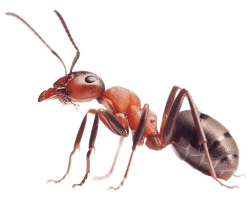 Adult insects are the only arthropods that have wings, with up to two pairs on the thorax. Adults can be distinguished by a three-part body (head, thorax and abdomen), three pairs of jointed legs, compound eyes, and a pair of antennae. Insects are the most diverse group of animals, with about a million described species; they represent more than half of all animal species. The most diverse insect orders are the Hemiptera (true bugs), Lepidoptera (butterflies and moths), Diptera (true flies), Hymenoptera (wasps, ants, and bees), and Coleoptera (beetles), each with more than 100,000 described species.
Adult insects are the only arthropods that have wings, with up to two pairs on the thorax. Adults can be distinguished by a three-part body (head, thorax and abdomen), three pairs of jointed legs, compound eyes, and a pair of antennae. Insects are the most diverse group of animals, with about a million described species; they represent more than half of all animal species. The most diverse insect orders are the Hemiptera (true bugs), Lepidoptera (butterflies and moths), Diptera (true flies), Hymenoptera (wasps, ants, and bees), and Coleoptera (beetles), each with more than 100,000 described species.
The thorax carries the three pairs of legs and up to two pairs of wings. The abdomen contains most of the digestive, respiratory, excretory and reproductive structures. Insect respiration is accomplished without lungs. Instead, insects have a system of internal tubes and sacs through which gases either diffuse or are actively pumped, delivering oxygen directly to tissues that need it. In most insects, air is taken in through paired openings on the sides of the abdomen and thorax. This type of respiratory system limits the size of insects. As insects get larger, gas exchange through these holes becomes less efficient, and so the heaviest insect, the rhinoceros beetle, weighs only about 100 grams. However, with the increased oxygen levels that were present in the late Paleozoic era, 419 million to to 252 million years ago, much larger insects were possible, such as dragonflies with wingspans of more than 60 centimetres. 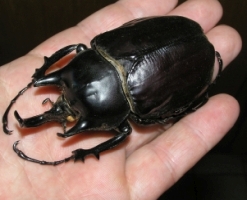 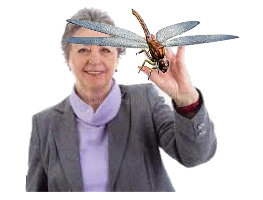  The insect nervous system consists of a brain and a central nerve cord. The blood doesn't carry oxygen; it's only partly contained in vessels, while some circulates in a body cavity.
The insect nervous system consists of a brain and a central nerve cord. The blood doesn't carry oxygen; it's only partly contained in vessels, while some circulates in a body cavity. Their sense of smell is via receptors on the antennae and the mouthparts. Insect vision is through their compound eyes, with additional small simple eyes. Many can hear, using tympanal organs, which may be on the legs. Some nocturnal moths, for example, can hear the ultrasonic emissions of bats, which helps them avoid being eaten. Nearly all insects hatch from eggs. Because of their hard exoskeleton, insect development involves a series of molts. The immature stages often look and behave differently than the adults, and often have different habitats. Insects that undergo four-stage metamorphosis, egg, larva, pupa and adult, often have a nearly immobile pupa, whle those that undergo three-stage metamorphosis have no pupa, developing through a series of increasingly adult-like nymph stages. Adult insects usually move about by walking and flying; some can swim. Insects are the only invertebrates that can achieve sustained powered flight. Many insects are at least partly aquatic, and have larvae with gills; in some species, the adults too are aquatic. Some species, such as water striders, can walk on the surface of water. Insects are mostly solitary, but some, such as bees, ants and termites, are social and live in large, well-organized colonies. Others, such as earwigs, provide maternal care, guarding their eggs and young. Some insects such as bees can perceive ultraviolet wavelengths, or detect polarized light, while the antennae of male moths can detect the pheromones of female moths over distances of over a kilometre. A few insects, such as fireflies, communicate with light. Insect pollinators are essential to the reproduction of many flowering plants. Many insects are ecologically beneficial as predators of pest insects, while a few provide direct economic benefit. Two species in particular are economically important and were domesticated many centuries ago: silkworms for silk, and honey bees for honey. In addition, Insects are consumed as food in 80% of the world's nations, by people in roughly 3000 ethnic groups. While insects have a high protein content, as well as minerals and fats, for their mass, most first-world countries don't indulge! 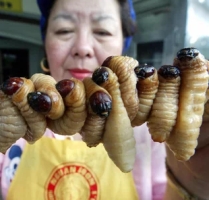 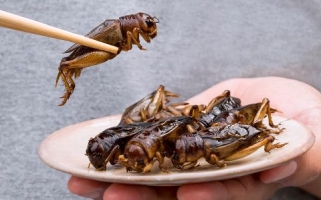 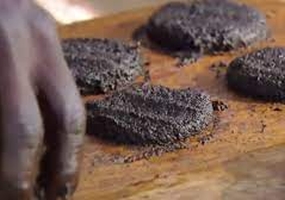 Grubs, locusts, and mosquito burgers Insects employ multiple defensive strategies, including camouflage, mimicry, toxicity and active defense:
Visit these pages on our site to find out more information about some selected insects: |